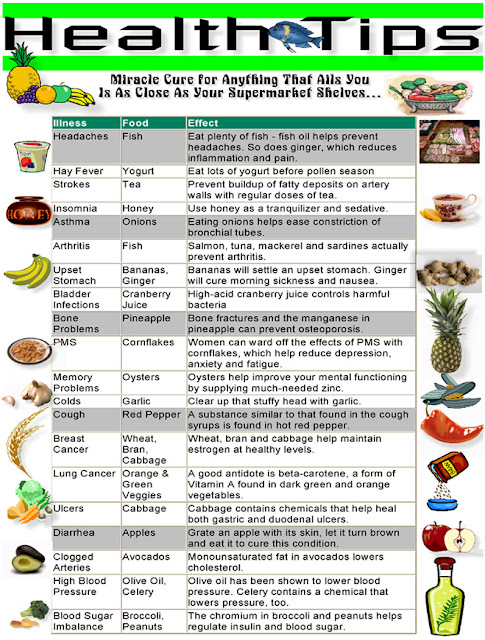The Beauty of Simplicity of the Fresh Fruit Diet. The beauty of the Fresh Fruit Diet is that it is just food. Eating healthy should not be an esoteric practice or as hard as rocket science! Consider a Ciku. The tree grows in the soil, it flowers, then the sun and rain contribute to the growth of the fruit, it is picked from the branch, and then…it is eaten raw. Delicious perfection! There have been many allusions of paradise described by humankind over the centuries. Many of them stress the simplicities of life where love and peace flourish, fresh water flows in abundance, and where whole food falls from the trees. The irony is that we can enjoy a little of that paradise at our table for every meal. What could be simpler than picking fresh fruit, washing it off, and enjoying the color, taste, and texture? There is no prep time, and complex recipe, no wait for the stove to get hot, no missing ingredients to worry about. Buy, Pick, Eat. The Fresh Fruit Diet is the simplest way you can eat. Food comes in its own packages, there is no heat chemistry (cooking) involved in its preparation, and there is no laboratory (kitchen) mess to clean up afterwards. Just eat and go. Talk about Fast Food! There is something incredibly beautiful about that kind of convenience. Sometimes it just does not pay to make things more complicated than they need to be. And with cooked and highly processed foods, we’ve have over‐complicated ourselves into paying with our good health.
Tuesday, June 14, 2011
Friday, June 3, 2011
Benefits and Features of Beetroot
 Containing the powerful antioxidant betacyanin, which gives beetroot its deep red hue, this vegetable purifies the blood and has anti-carcinogenic properties. Research shows it boosts the body’s natural defenses in the liver, regenerating immune cells. Also contains silica, vital for healthy skin, fingernails, ligaments, tendons and bones.
Containing the powerful antioxidant betacyanin, which gives beetroot its deep red hue, this vegetable purifies the blood and has anti-carcinogenic properties. Research shows it boosts the body’s natural defenses in the liver, regenerating immune cells. Also contains silica, vital for healthy skin, fingernails, ligaments, tendons and bones.Beet is believed to be native of the Mediterranean region of Europe and probably Western Asia. It has been used as a vegetable for the last 2000 years, even by early Greeks and Romans. It was so appreciated by ancients that it was offered on silver to Apollo in his temple at Delphi.
Beetroot contains sodium, potassium, phosphorus, calcium, iodine, iron, copper, Vitamins B1, B2, B3, B6 and C. Each capsule provides approximately 1-2mg of elemental iron.
DESCRIPTION
Also called beet, the beetroot is a firm, clean globe shaped vegetable with no soft wet areas. If still attached, it should have fresh, clean young leaves. The beetroot is characterised by dark purple skin and a distinctive purple flesh.
Also called beet, the beetroot is a firm, clean globe shaped vegetable with no soft wet areas. If still attached, it should have fresh, clean young leaves. The beetroot is characterised by dark purple skin and a distinctive purple flesh.
HISTORY
In pre-Christian times, the leaves of the beetroot were only eaten. Today, the root is used more often than the leaves since it stays fresher longer. Some beetroots are cultivated for distilling and the sugar industry. They are used as a vegetable and as food colouring.
In pre-Christian times, the leaves of the beetroot were only eaten. Today, the root is used more often than the leaves since it stays fresher longer. Some beetroots are cultivated for distilling and the sugar industry. They are used as a vegetable and as food colouring.
SEASON
From January To December
From January To December
BEST VALUE
From June To November
From June To November
UNAVAILABLE
Generally available
Generally available
PREPARATION TIPS AND USAGE
The leaves of the beetroot should be removed and the beetroot should be washed in cold water using a soft vegetable brush. They can be grated and eaten raw, boiled or baked. Raw beetroot may be peeled, diced and sauteed in butter. They can also be added to salads. Beetroots take at least 2 hours to be baked in the oven or boiled in salt water. Very small beetroots are preserved in vinegar and used in making pickles.
The leaves of the beetroot should be removed and the beetroot should be washed in cold water using a soft vegetable brush. They can be grated and eaten raw, boiled or baked. Raw beetroot may be peeled, diced and sauteed in butter. They can also be added to salads. Beetroots take at least 2 hours to be baked in the oven or boiled in salt water. Very small beetroots are preserved in vinegar and used in making pickles.
STORAGE
For storing, the beetroot leaves should be cut 50 mm above the root. They will keep for 4 - 5 days when refrigerated in the vegetable crisper.
For storing, the beetroot leaves should be cut 50 mm above the root. They will keep for 4 - 5 days when refrigerated in the vegetable crisper.
Benefits and Features of Beetroot
|
Read more...
Subscribe to:
Comments (Atom)


